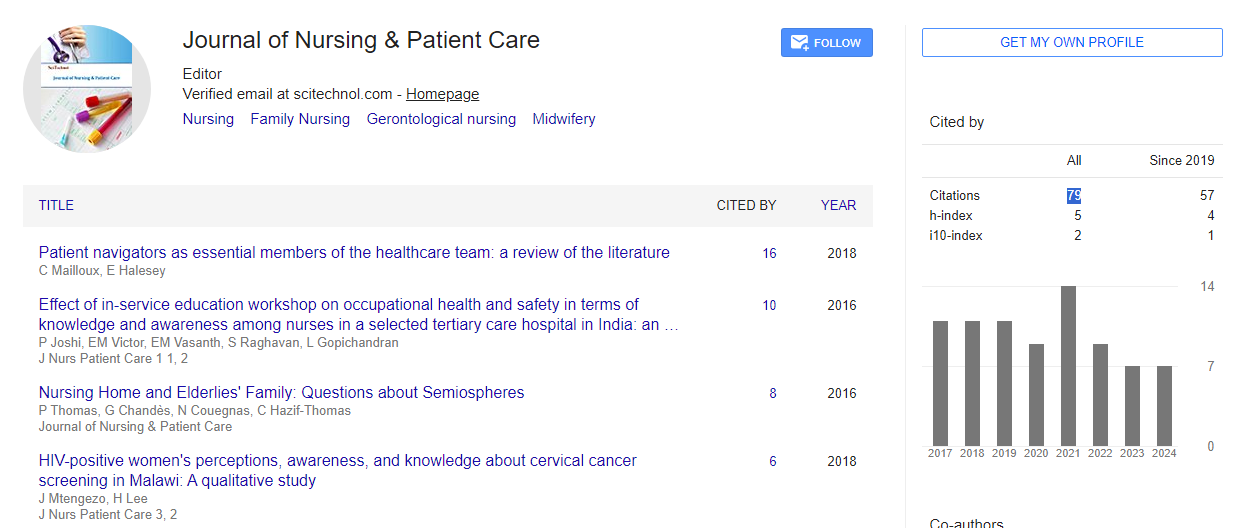Measuring learning outcomes through collaborative learning
Jamie Adam
Belmont University, USA
: J Nurs Patient Care
Abstract
Collaborative learning is used in a variety of disciplines as an effective format for understanding and applying important course material. Collaborative learning involves students working in groups within or outside of the classroom. Data supports that effective group work leads to deeper levels of content understanding, enhances student-faculty interactions, increases learning retention, improves student satisfaction with subject matter, develops communication skills and encourages team building skills. Despite the proven benefits of collaborative learning, many educators experience challenges in implementing effective group work and evaluating learning outcomes through this method. Faculty may feel a loss of control in the classroom, lack self-confidence with a more active format or fear that important content will not be covered. In addition, some faculty experience student resistance to group work activities. Collaborative learning in healthcare education has gained more attention. The need to develop interprofessional communication and teamwork skills is essential to practicing safe and effective care. Educators that implement group learning effectively will be able to prepare students for working in inter-professional teams and ultimately impact the quality of care patients receive. In this session a variety of collaborative learning activities will be explored. Special emphasis will be placed on using collaborative learning as a method for evaluating learning outcomes. Topics such as group development, group testing and peer evaluation will be addressed. Finally, the presenter will share faculty and student feedback from multiple collaborative learning sessions and address best practice strategies for implementing this approach to learning.n.
 Spanish
Spanish  Chinese
Chinese  Russian
Russian  German
German  French
French  Japanese
Japanese  Portuguese
Portuguese  Hindi
Hindi 